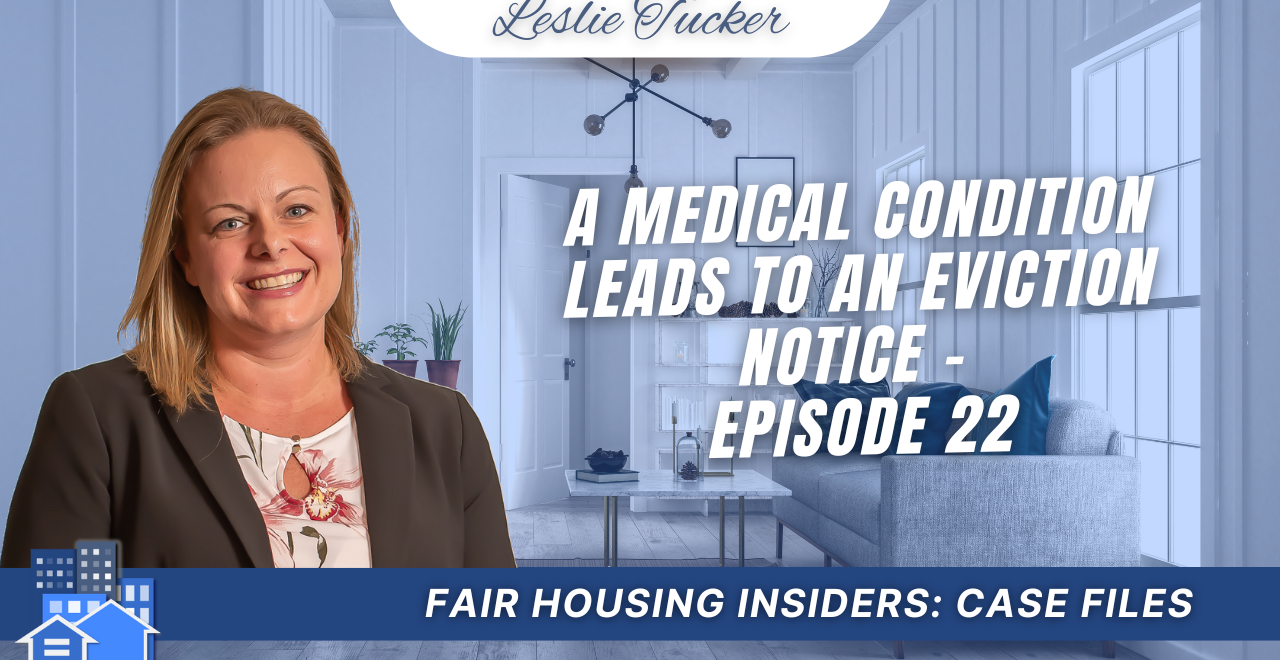What happens when a medical condition is mistaken for a threat, leading to an eviction notice? This article unpacks a dramatic real-life scenario where a misunderstanding spiraled into a legal battle. Explore the critical balance between enforcing lease terms and accommodating residents with disabilities. Let’s uncover the legal twists and invaluable lessons from this compelling case.
The Secretary, United States )Department of Housing and Urban )Development, on behalf of )NAME REDACTED, )) HUD ALJ No.Charging Party, ) FHEO No. 06-21-0603-8)v. ))The Housing Authority of Grapevine, )Jane Everett, and Bonnie McHugh, )
What Are The Case Details?
A tenant who I will refer to as Tom is a disabled individual living with diabetes and a heart condition. Due to a medical crisis involving low blood sugar, Tom became disoriented and sought help by knocking on his neighbors’ doors in the middle of the night. Understandably, his neighbors were alarmed and called the police, who assisted Tom in returning to his apartment.
The following day, Tom sought medical treatment for his condition. However, a few days later, the housing authority issued a lease termination letter, citing his behavior as a threat to the safety of other residents. Tom appealed the termination, but the decision was upheld, leading to eviction proceedings.
HUD’s Resolution and the Lesson For You
Tom, with legal assistance, requested a reasonable accommodation to remain in his apartment. He provided a letter from his physician and assured management that he was taking steps to control his medical condition. Eventually, the housing authority dismissed the eviction case, allowing Tom to renew his lease.
However, Tom vacated the property a few months later, fearing future eviction actions. HUD investigated and found reasonable cause to believe a violation occurred, leading to the case being filed in HUD’s administrative court.
So, what are some key takeaways from this case?
1. Lease Violations and Disabilities:
– Lease violations must be addressed, regardless of whether they are related to a disability. However, the consequences should vary based on the circumstances and severity of the incident.
– If a known disability is involved, it should be considered when deciding on the appropriate course of action.
2. Incident Response:
– Document all incidents thoroughly to maintain good records.
– Engage in discussions with the resident to understand the situation and seek assurances that the behavior will not recur. This may involve the resident taking steps such as adjusting medication or receiving additional support.
3. Reasonable Accommodations:
– If a reasonable accommodation is requested, management must engage in an interactive process and provide a written response.
– Reasonable accommodations may include additional chances to address the behavior if the resident is taking proactive steps to manage their condition.
A Fair Housing Conclusion
This case underscores the importance of balancing lease enforcement with the consideration of disabilities. Property management professionals must navigate these situations carefully, ensuring compliance with fair housing laws while maintaining the safety and well-being of all residents.
By understanding and implementing these practices, management can effectively address incidents involving disabilities, ultimately fostering a more inclusive and fair housing environment.

